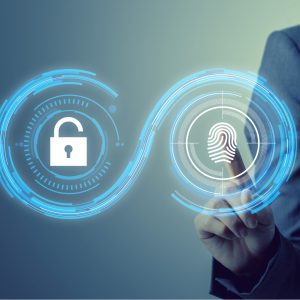Estimated reading time: 2 minutes
With the “post-pandemic” realities kicking in, business leaders will soon learn the impacts of the disease will further promote a more digital environment in their workplace, as shifts begin to take place. COVID-19 was a huge trigger for how businesses everywhere are reacting and building our their response plans for how to continue operating business, and doing so safely to protect their employees.
Telecommuting with Virtual Desktops
Telecommuting has become the new normal for many workers who have the ability to complete their daily tasks from the comfort of their own home. It’s really up to individual IT teams to help out and enforce a workplace that meets data management standards. With Virtual Desktops, employees can possess a system that IT can have access to, that way input/output systems can be put in place. This is an important control point to be made, especially for remote workers are inquiring for assistance when working outside of the four corporate walls.
Decentralized Cybersecurity Presence
With digitalization, security controls will shift data sources and bring a new wave of anti-virus software, data-loss protection, digital rights management opportunities, end-point based firewalls which would all work to gain a better security footing. Hackers have since begun to re-center their focus on these remote workers, because employees can often be viewed as weaker links that could forfeit information to cybercriminals without really knowing so. Decentralized security points come at a rise with much emphasis placed on new data points as well.
Biometric Authentication
 Due to user access controls, many employees unfortunately only utilize single-factor authentication when setting their username and password credentials, making them easy targets for hackers and other cybercriminals. Identity protection is a top priority right now and the best defense is looking like building authentication systems that will focus on “who you are.” Physically speaking, biometric credentials could look like a fingerprint, thumbprint, handprint, retina/iris scan, or even the voice and facial recognition capabilities.
Due to user access controls, many employees unfortunately only utilize single-factor authentication when setting their username and password credentials, making them easy targets for hackers and other cybercriminals. Identity protection is a top priority right now and the best defense is looking like building authentication systems that will focus on “who you are.” Physically speaking, biometric credentials could look like a fingerprint, thumbprint, handprint, retina/iris scan, or even the voice and facial recognition capabilities.
Acquiring Privacy for Employees
When operating on an enterprise network, these platforms are framed to keep sensitive information out of the wrong hand and prying eyes. There will need to be time set aside to reevaluate these privacy practices to ensure that specific, targeted cyberthreats can be prevented and avoided in the future. The goal here would be to encapsulate standard operate procedures such as Bring Your Own Device (BYOD) and General Data Protection Regulation (GDPR) and other privacy laws mandated throughout the individual regions.
Another thing as well, if the governing bodies decide to monitor employees’ social media platforms in a stricter manner, that’s totally acceptable as well. Employees can consistently be trolled by hackers who are looking for loose gateways and potential entry points to gather data, before launching a massive cyberattack on the company as a whole.
The workplace, as we used to know it, is changing on a daily basis, and its up to you to help bring your employees a sense of confidence and trust in the fact that they will be able to continue to work from home, as this virus takes uncomfortable twists and turns as we move forward into this wild year. Ensuring Cybersecurity practices are placed into educational means for both the employees and customers in question. Your workplace depends on it.

